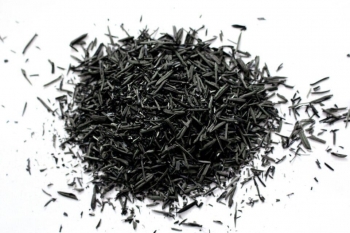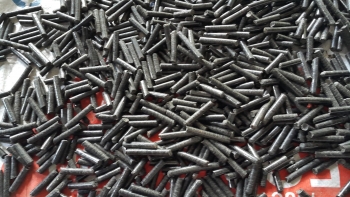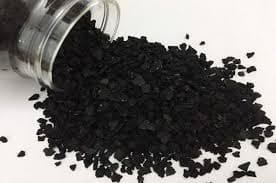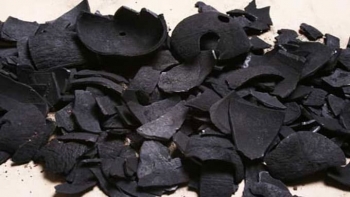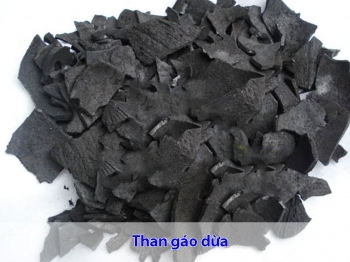Rice husk ash | Selling ashes burned from rice husks | Cheapest price nationwide | Large quantity to meet all needs | Produced by VinaTap
Rice husk contains approximately cellulose (40%-45%), lignin (25%-30%), ash (15%-20%) and moisture (8%-15%). To reduce the amount of waste, rice husks are burned using a controlled burning method to remove lignin and cellulose, leaving behind ash composed mainly of silica (retaining 25% of the rice husk mass. During controlled burning, The carbon content is burned and the entire remaining part is silicon content called Rice Husk Ash (RHA).
Results of laboratory studies on A-6 soil (AASHTO classification) showed that maximum dry density (MDD) generally decreased and optimal moisture content (OMC) increased (21.9%) with RHA content. . increase. Adding RHA (9%) reduces (13.3%) the liquid limit and plasticity index (PI) of the soil. However, this improvement effect is not as much as the effect of lime. The California Bearing Ratio (CBR) of the soil stabilized at both saturated conditions and optimal water content was 28% and 37.5% higher, respectively, than the natural soil. The maximum unconfined compressive strength (UCS) value was recorded at 9% RHA, 237 KN m⁻² after a curing period of 28 days, which is 23 KN m⁻² higher than that of natural soil. According to research results, the mixture of Soil + 4% Lime + 9% RHA can be used as the optimal material consumption level to stabilize the foundation in road construction.
However, mixing soil with lime and rice husks is a tedious process. So this technique is only useful for shallower depths. In the case of improving bearing capacity, soil layers reinforced with geosynthetic materials such as woven geotextiles are a superior choice.
Nature gives humans land to cultivate. One of the needs in Vietnam is to grow rice, the main food for its people, but also to provide rice for the world. However, to have a grain of rice to eat, people have to spend a lot of time in the sun and rain to get it. And finally when harvesting, the process of removing the outer shell of the rice is the husk. And rice husk ash also has a lot of effects in life. One of its effects that people know is rice husk ash. Let's find out how rice husk ashes
What is Trau Ash?
As mentioned above, rice husk ash is the shell of the rice grain, which is removed when processing rice. This husk is often seen in abundance, and used in life. Like used for cooking, for incubation, or for making salted eggs. And finally, it is used in agriculture as an organic fertilizer. People burn rice husks, and the last layer will be left with ash, called husk ash. However, to produce good rice husk ash requires specialized techniques.

Main ingredients of rice husk ash After smoking, rice husk will become husk ash containing the main substances: carbohydrates and potassium. In addition, there are other ingredients: Cellulose 26-35%, Hemi - Cellulose 18-22%, Lignin 25-30%, SiO2 20% are two substances that help improve soil well. Keep the soil moist. Because it decomposes for a long time, it also has the effect of loosening the soil.
Rice husk ash
The by-product originates from the biomass cogeneration power plant
We reuse agricultural waste such as rice husks as biomass fuel and burn the biomass in controlled environment furnaces. The heat generated from the furnace is used to create steam in the boiler and turn a steam turbine that drives a generator. Saturated steam and electricity are used for the cooking and milling of rice. As a result, we generate tons of rice husk ash as a byproduct after the rice husk is completely burned in the furnace.
For the steel and foundry industry
Insulation compound:
Low-carbon rice husk ash is widely used in steelmaking due to its unique properties such as high electrical insulation, free-flowing, non-hazardous powder and expandability. With excellent heat insulation ability, it can reduce the heat loss on the steel surface caused by radiation.
How it works
While the metal melts in the melting bucket/vat at a temperature of about 1600°C, the rice husk ash is spread over the molten metal. It then creates a layer about 1″~2″ thick on the molten metal to prevent heat loss during the process.
Benefits of using our rice husk ash as a coating compound
Less than 5% carbon
Gray and white
Consistent quality thanks to the biomass cogeneration system controlled by precise PLC
Store in silos
Friendly environment

Effects of Rice husk ash on plants
Provides nutrients for plants Because rice husk ash contains nitrogen in the form of compounds as well as other substances: Potassium, phosphorus, calcium, Rice husk ash also has the effect of loosening the soil, stimulating beneficial microorganisms to grow crops: worms, thanks to that, the soil will be more porous. Rice husk ash helps prevent pests Although it does not directly destroy pathogens, rice husk ash partially limits pests and diseases, making leaves thicker and stronger.
Combination of coir husk ash
Rice husk ash combined with coir creates a very good organic substance for plants: Not only makes the soil porous, but coir husk ash also helps with better metabolism.
where to buy rice husk ash?
Now you don't have to go around searching and buying hard anymore. If you buy in bulk, there are companies specializing in the production of coir husk ash to provide for large construction projects: garden, industrial park landscape design...
Units that sell rice husk ash in bulk
VinaTap supplies and sells rice husk ash in bulk nationwide. We are a producer of rice husk ash. Therefore, coming to Green Exterior when you need a large quantity is the most correct thing you should do. Because we produce rice husk ash to supply the very green projects we are doing in industrial parks, cafes, companies…. We are sure to bring you satisfaction.
1. INTRODUCTION OF THE GOODS:
Combustion of rice hulls affords rice husk ash (acronym RHA). This ash is a potential source of amorphous reactive silica, which has a variety of applications in materials science.
Silica is the basic component of sand, which is used with cement for plastering and concreting. This fine silica will provide a very compact concrete. The ash also is a very good thermal insulation material. The fineness of the ash also makes it a very good candidate for sealing fine cracks in civil structures, where it can penetrate deeper than the conventional cement sand mixture.
A number of possible uses for RHA include absorbents for oils and chemicals, soil ameliorants, a source of silicon, insulation powder in steel mills, as repellents in the form of "vinegar-tar" release agent in the ceramics industry, as an insulation material. More specialized applications include the use of this material as a catalyst support.
SOME OTHER APPLICATIONS IN INDUSTRY OF RICE HUSK ASH SUCH AS
- Goodyear announced plans to use rice husk ash as a source for tire additive
- Toothpaste
- Brewing
- Fertilizer and substrate
- Fireworks
- Fuel
- Insulating material….




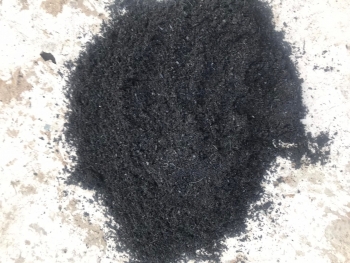
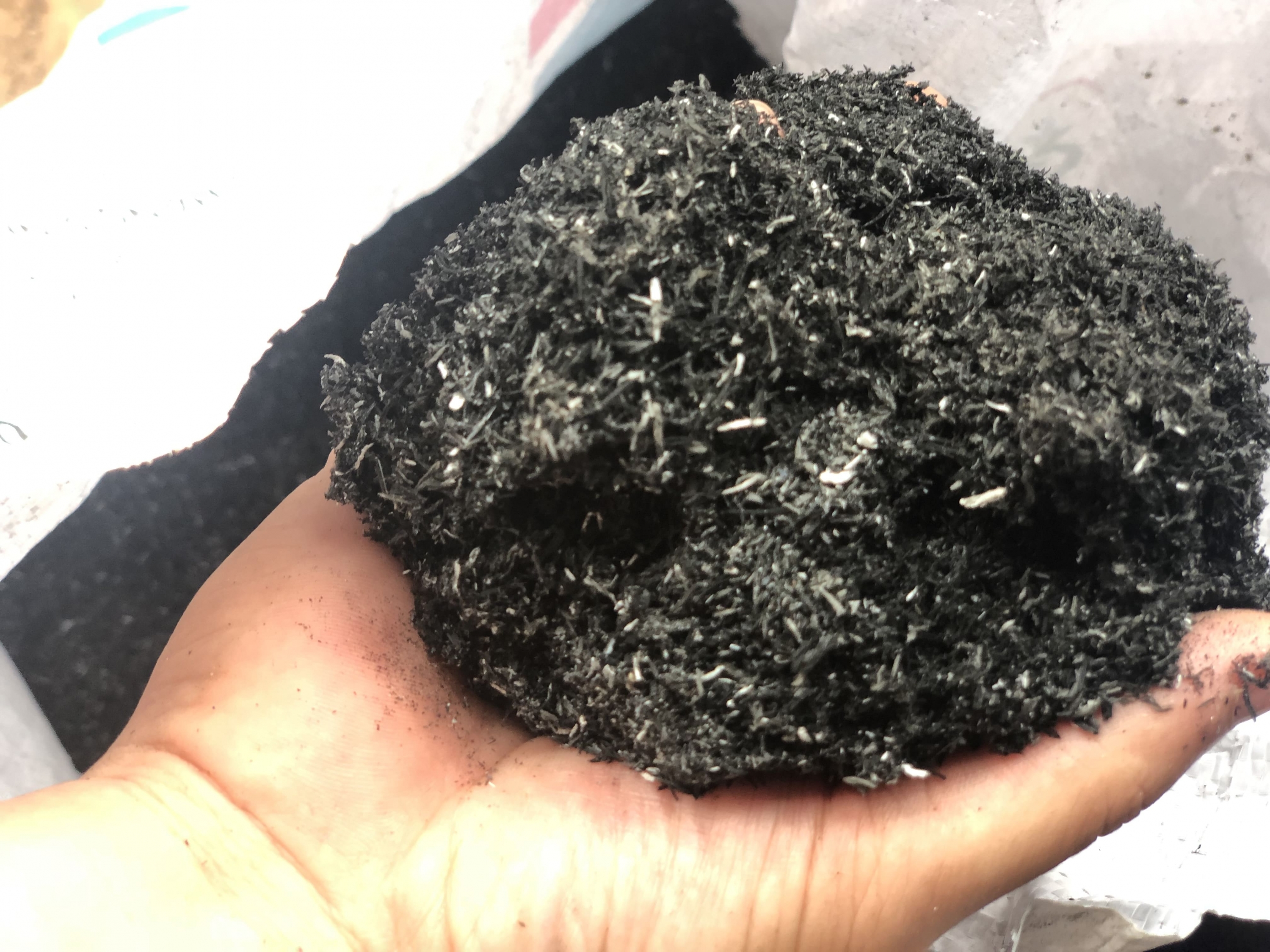
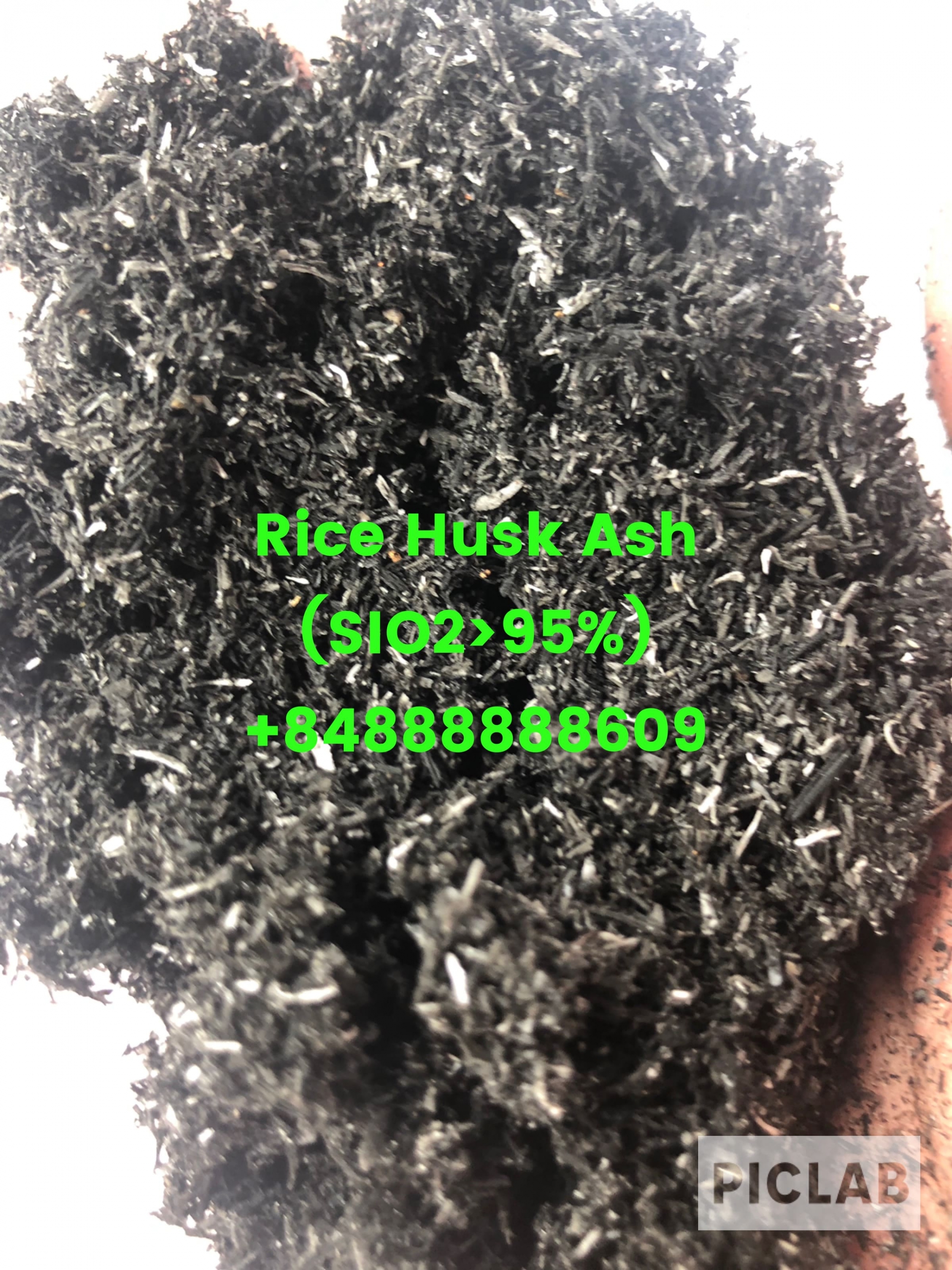
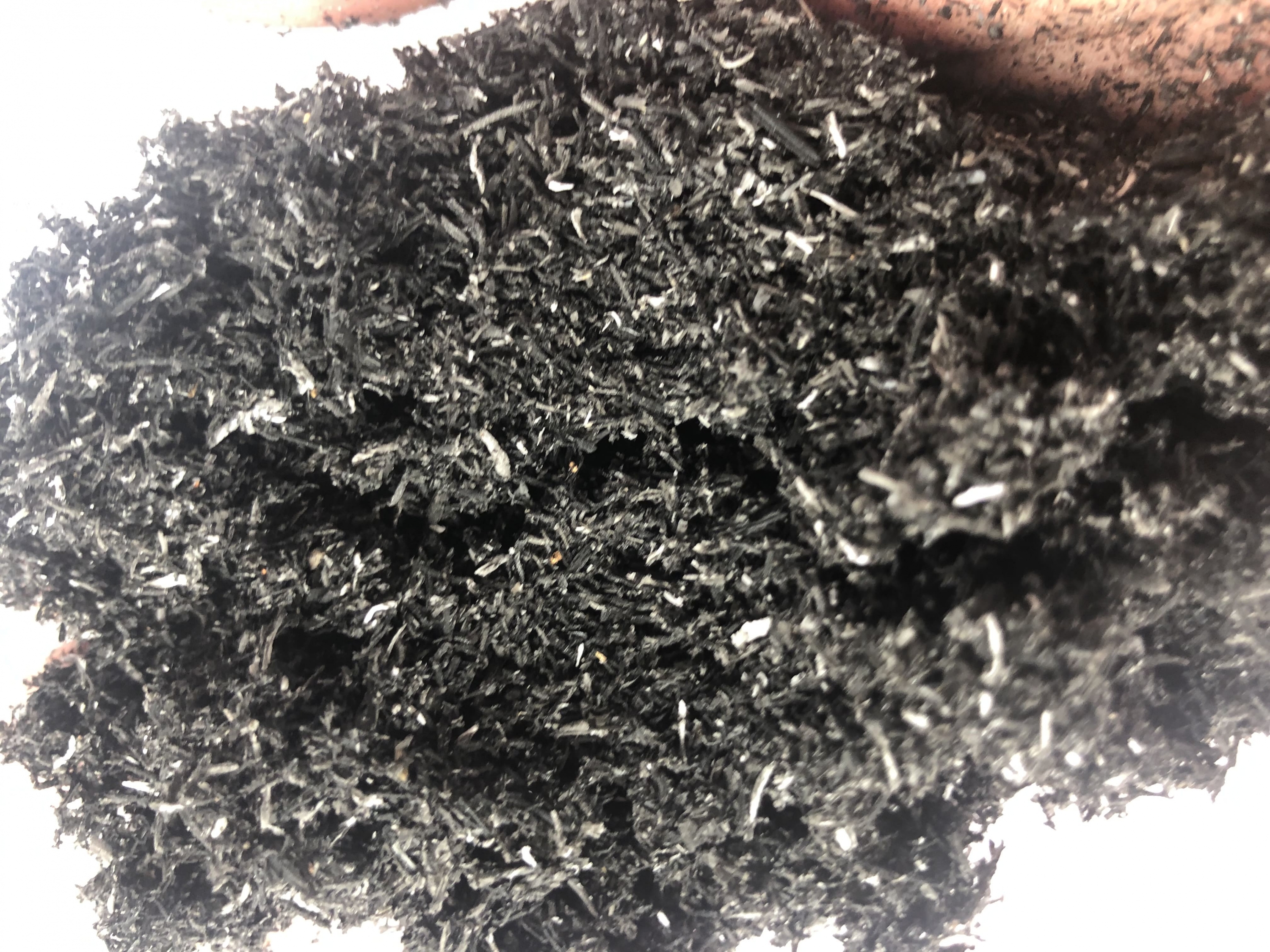
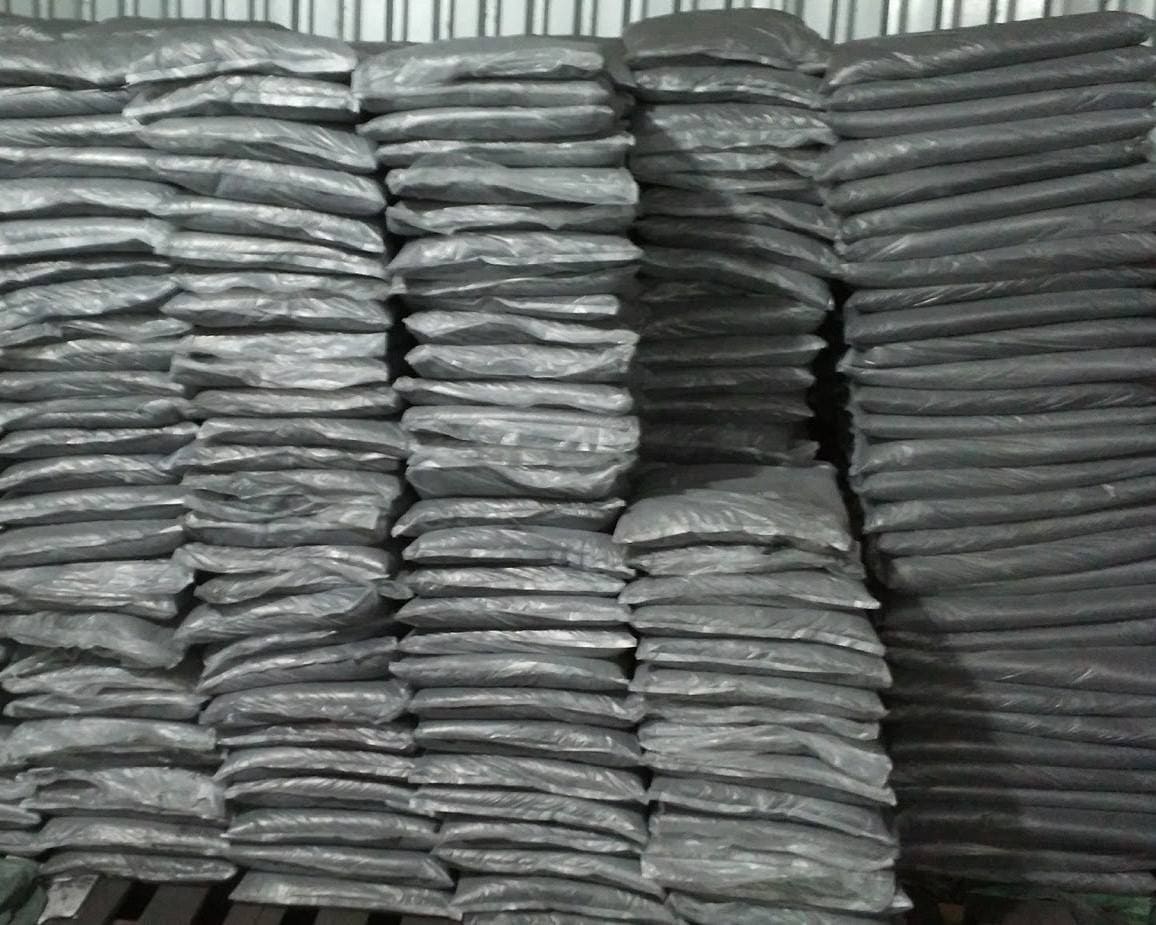
.jpg)
.jpeg)
